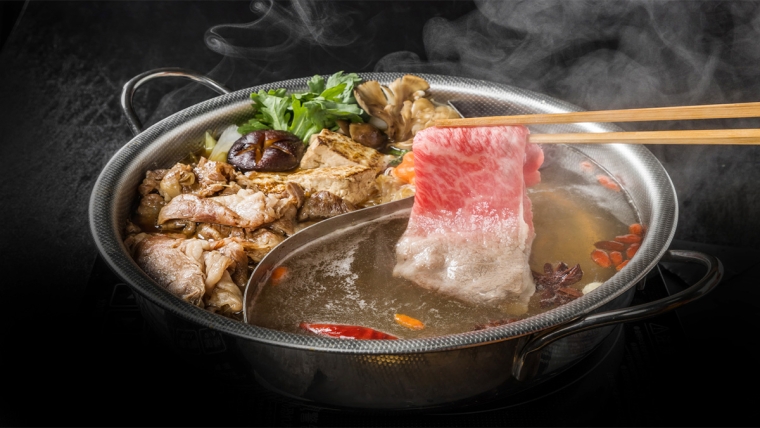
The news for dairy farmers just keeps getting better.
Another lift of +3% on the Global Dairy Trade auction has all but cemented in a final price of at least starting with a $7, especially as WMP has led the way with a +4.3% jump. Based on US$ prices the WMP is now as high as it has been in the last six years.
Back in June 2014 the WMP price US$3,594 this compares to US$3,615 today. The 2014 price was coming off a high of US$5,208 and the final payout for that year was NZ$8.40. This season back in September, the trough for the season, the US$ price was US$2,884. So, a totally different scenario.
Westpac is currently predicting NZ$7.50 per kg MS (Fonterra $6.90 - $7.50). ASB are predicting NZ$7.40 with the value of the NZ dollar the biggest threat on the near horizon.
China is still the major driver of the auction price with consumption up 16% on the previous year and despite increases in domestic production the WMP stockpile is failing to keep up even with China being the dominant player at the GDT auctions. All good news for New Zealand producers.
Sheep dairy
Sticking with dairy but with a different beast, approximately 150 farmers and interested observers recently attended a sheep dairy field day at Matt and Tracy Jones property near Kirwee, Canterbury.
Canterbury has always looked as though it should be an ideal home for a sheep dairy industry. But the prize has always proved elusive with a chicken and egg situation between a processor of scale to operate a plant able to export product and a lack of the critical numbers of milking sheep to make such a venture economically viable.
Matt and Tracy have plans to remedy the situation with potentially feet in both camps. They currently have a medium sized flock (approx. 400 milking ewes) supplying the local market with milk for cheese making and the like. But now they are committing, presumably with some well-heeled backers, to set up a drying facility which will be able to handle milk from thousands of sheep. They are hoping to have the project up and running by August 2022 for the then new season.
With the number of recently established and some older irrigation schemes watering land looking for a profitable land use, and largely not with cow dairy, sheep dairying certainly looks attractive and worth investigating.
The South Island only has a fraction of the sheep being milked today compared to what was occurring 10 or so years ago. Back then Keith Neyland operating Blue River Sheep dairies was milking up to 18,000 ewes per year. Unfortunately, they got caught up in the Chinese restrictions on infant formula when the Fonterra botulism scare happened. The resulting fall-out was a new Chinese partner who controlled the processing plant and now the sheep milking industry, (based in Southland) no longer exists.
This situation highlights the risks of being a small industry dealing with a large country, in this case China, where the rules of trade are not always as expected. I can only presume that when the original Blue River got locked out of China if there were other easy market options available then they would have jumped into those without having to sell control to the Chinese.
The cautious approach of the Dairy Goat Co-op based in the Waikato, producing a similar product also leads me to suspect the market is not a bottomless pit.
Hopefully, this latest sheep dairy enterprise is successful for all concerned and Canterbury benefits from what could be a very attractive industry.
Meanwhile, there is a steady flow of young milking sheep from New Zealand to China to set up farms there to try and help China meet its goal of being more self sufficient in food supply.
China's food moves
In China, imports of feed grains, notably corn and soya beans have continued to increase to record levels.
The indications are that pig numbers are on the rapid increase and more feed than can be produced locally is required. Given that the China meat market is what is underpinning the mutton trade, the recent lifts in prices here in New Zealand may soon reach their peak if pork supplies begin to flow and the hole mutton has been plugging starts to reduce. Hopefully enough Chinese consumers have developed a taste for mutton to keep up a reasonable demand.
The increased demand for feed grains comes on the back of Chinese government reports that they have had a bumper harvest domestically, but it could be they operate similar to the wine industry in New Zealand. (Over the years I can’t recall hearing about a bad vintage, they just find more creative ways to elevate the attractiveness of the following years wine.)

We welcome your comments below. If you are not already registered, please register to comment.
Remember we welcome robust, respectful and insightful debate. We don't welcome abusive or defamatory comments and will de-register those repeatedly making such comments. Our current comment policy is here.